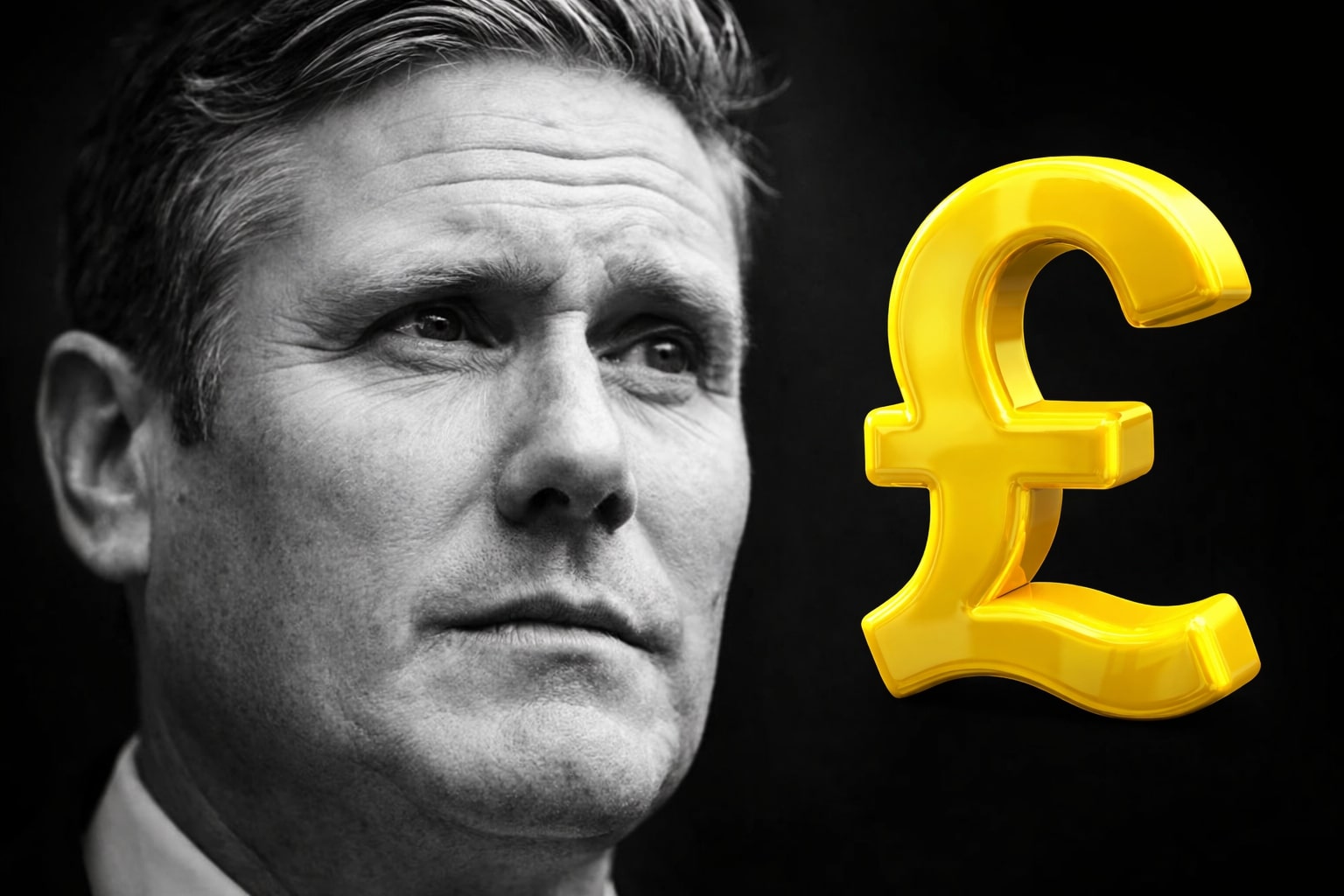EUR/USD Extends Slide Toward 1.1500 as Fed Hawkishness, Dollar Strength, and Eurozone Stagnation Weigh on the Pair
The EUR/USD pair is under renewed selling pressure, trading near 1.1520, just above a three-month low of 1.1500, as the U.S. dollar (DXY) holds firm around 99.78 ahead of the ISM Manufacturing PMI release. The euro has been unable to regain momentum after a series of technical breakdowns through 1.1550 and 1.1530, confirming bearish dominance for a third consecutive week. The EUR/USD opened the session at 1.1558, slipped to an intraday low of 1.1511, and remains capped by resistance near 1.1560, reflecting weak recovery attempts amid persistent demand for the greenback.
The strength of the U.S. dollar follows Fed Chair Jerome Powell’s signal that the latest 25-basis-point rate cut could be the last for 2025. That statement slashed market expectations for another cut in December from 90% to 71%, anchoring Treasury yields and sustaining dollar demand. The 10-year U.S. Treasury yield trades near 4.31%, and the short end remains elevated around 4.55%, limiting any upside for the euro. Fed policymakers have stressed that monetary easing will only resume if economic indicators show meaningful weakness, a stance that’s compressing risk appetite across global FX markets.
At the same time, the Eurozone’s economic stagnation continues to weigh on sentiment. Manufacturing PMIs across the bloc remain below 50, signaling contraction despite marginal stabilization. Germany’s factory PMI stood at 49.6, Italy at 49.3, and France at 48.3, highlighting uneven recovery momentum. Political noise in France and the Netherlands has further eroded investor confidence, while ECB policymakers remain divided on whether to ease policy in early 2026. Dovish members argue that slowing growth could justify pre-emptive rate reductions, but sticky service inflation—still above 3% year-on-year—keeps hawks firmly opposed. The central bank’s medium-term forecasts now see inflation at 1.7% in 2026 and 1.9% in 2027, maintaining pressure for a cautious approach.
Technically, the EUR/USD remains bearish. The pair trades below its 50-day EMA at 1.1600 and 200-day EMA at 1.1649, a clear sign that rallies are being sold into. Momentum indicators confirm weakness: the Relative Strength Index (RSI) sits near 34, bordering oversold territory but without signs of a confirmed reversal. The 1.1500 level acts as critical support; a daily close below it could expose 1.1475, 1.1440, and even 1.1420 as next downside targets. On the flip side, bulls need a decisive breakout above 1.1580–1.1615 to shift short-term sentiment and open the door toward 1.1670–1.1700, where the 200-EMA stands as the primary barrier.
Market structure shows the pair locked within a descending channel that’s been intact since mid-September. Sellers continue to control price action, with lower highs and lower lows defining the trend. The break below 1.1550 last week triggered an acceleration of bearish momentum confirmed by expanding volume and a crossover on short-term moving averages. Unless EUR/USD reclaims 1.1610, technical sentiment will remain negative into mid-November.
On the U.S. side, the ISM Manufacturing PMI—forecast at 49.4 compared to 49.1 prior—and ISM Prices Paid—expected at 62.4 versus 61.9—could determine the dollar’s near-term direction. A stronger-than-expected PMI print would reinforce the Fed’s cautious tone and extend dollar gains, potentially forcing EUR/USD toward 1.1470. Conversely, any downside surprise might temporarily weaken the dollar, allowing a rebound toward 1.1580. Traders are also eyeing upcoming FOMC speeches for signals about the Fed’s interpretation of economic data amid rising uncertainty over the U.S. government shutdown, which economists warn could shave up to 0.3% from Q4 GDP if prolonged.
From a macro-funding perspective, tight money-market conditions continue to favor the dollar. The U.S. Treasury’s ongoing effort to rebuild its cash reserves after the debt-ceiling standoff has absorbed global liquidity, driving short-term rates higher and amplifying dollar demand. Analysts at multiple banks note that restricted access to dollar funding could exacerbate euro weakness if it extends into global markets, particularly as European corporates face higher hedging costs.
In Europe, sentiment remains fragile as the bloc contends with weak productivity and sluggish domestic demand. The Eurozone Composite PMI hovering near 50.2 offers faint signs of stabilization, but confidence remains low amid persistent fiscal debates. ECB President Christine Lagarde recently acknowledged that growth risks are skewed to the downside, while service-sector inflation remains stubbornly high—a combination that traps policymakers in a “tight but cautious” position. The central bank’s reluctance to cut rates early keeps real yields positive in Europe, but insufficient to attract meaningful capital inflows compared to the U.S., where nominal yields remain higher.
Technically, intraday charts show EUR/USD oscillating between 1.1510 and 1.1535, with immediate resistance at 1.1560. The pair’s failure to hold above the 1.1555 pivot reinforces bearish control. The next key technical confluence sits near 1.1475, aligning with a previous swing low from July 2024. Below that, the 1.1420–1.1400 zone marks the last defense before bears could push toward 1.1350, a critical multi-month support area. On the other hand, a strong rebound and sustained daily close above 1.1610 would indicate short-covering pressure, targeting 1.1670, then 1.1700, and ultimately 1.1750, if U.S. data underperforms expectations.
Traders remain cautious but engaged. Futures positioning shows speculative euro longs trimming exposure for a second week, while U.S. dollar longs have increased slightly, reflecting confidence in dollar resilience. CFTC data confirms that net long USD positions now stand at their highest since August 2024. However, some analysts warn that dollar overextension could trigger profit-taking if U.S. data underdelivers.
For now, EUR/USD stays in defensive mode, with 1.1500 acting as the critical line in the sand. The interplay between Fed policy credibility, Eurozone inflation trajectory, and U.S. manufacturing resilience will dictate whether this level becomes a durable floor or a launchpad for further declines toward 1.1400.
Verdict: SELL bias maintained on EUR/USD (short-term bearish, medium-term neutral).
As long as EUR/USD trades below 1.1610, momentum favors sellers. The base scenario projects continued pressure toward 1.1475–1.1440, driven by U.S. rate stability and European economic stagnation. A potential shift to a HOLD bias could emerge only if the pair reclaims 1.1620 on a daily close, signaling short-covering and weakening dollar momentum. For now, traders should treat any rallies toward 1.1560–1.1600 as opportunities to re-enter shorts targeting the 1.1450–1.1470 zone.
That's TradingNEWS




















